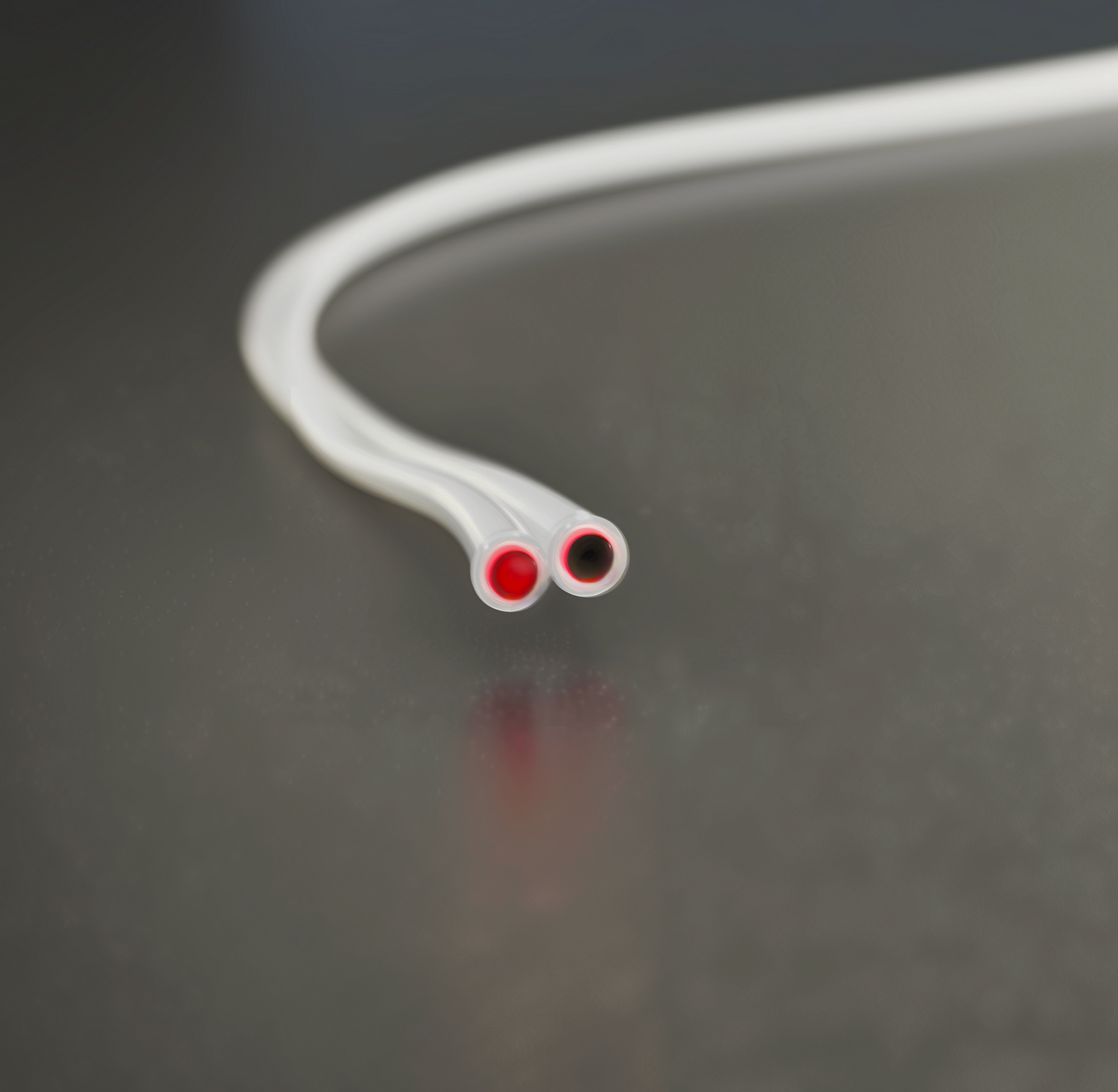
1. Technology
Optical Fiber: Uses light pulses to transmit data, allowing for significantly higher transmission speeds and over much longer distances without signal degradation.
Copper Cable: Transmits data through electrical signals, which can be susceptible to electromagnetic interference and signal loss over longer distances.
2. Speed and Stability
Optical Fiber: Offers superior speeds that can reach up to 1 Gbps and beyond, suitable for high-demand applications such as 4K video streaming, online gaming, and large data transfers. Fiber is also more stable, with lower latency.
Copper Cable: Generally provides lower speeds compared to fiber, and may experience speed fluctuations and higher latency, especially under heavy loads or over long distances.
3. Price
Optical Fiber: Initially may be more expensive to install, especially if there is no existing infrastructure. However, long-term operational costs may be lower due to less maintenance and better efficiency.
Copper Cable: May be less expensive initially, especially in areas where copper infrastructure already exists. But it may require more maintenance and is more likely to need replacement as bandwidth demands increase.
4. Recommendations
For Businesses and Demanding Users: Optical fiber is generally the best choice due to its superior speed and reliability. It is ideal for businesses that rely on constant and fast connectivity.
For Regular Home Use: Copper cable may suffice, especially in homes that do not require the high speeds of optical fiber. However, for homes with multiple users or bandwidth-intensive devices, optical fiber may be a prudent investment.
